In 1983, Clark W. Griswold and his family embarked on an epic road trip across the country, encountering numerous obstacles on their way to Wally World. The film, National Lampoon’s Vacation, was released during a time when the family road trip was an American staple and exaggeratedly illustrated some of driving’s biggest pain points. From getting lost in not-so-pleasant areas and running out of gas in the middle of the desert, to finally reaching your destination only to find it closed, it is easy to imagine how in today’s world of constant connectivity, these problems could be easily avoided. Cisco is doing its part in laying the groundwork for a fully connected driving experience – bringing the power of the Internet of Everything to the streets.
Working with the Think Global Eco System, including companies like Sude (smart mobility), Urbiotica (sensors) and Citelum (smart lighting), Cisco recently showcased what could be considered one of the smartest streets in the world. The “Connected Boulevard” in Nice, France, the world’s first Internet of Everything (IoE) proof-of-concept for a smart city, showcases what IoE can enable for a connected world and for connected transportation. The project is more than just a street loaded with sensors; the PoC will serve as a blueprint for future deployments, taking the lessons learned from Nice and other innovative cities and sharing this information with other aspiring communities.
Two of the city services will directly affect the driving experience in Nice. The smart circulation technology will tackle city traffic by offering intelligent parking solutions. With about 25 percent of urban traffic caused by those looking for parking, the solutions will significantly reduce the time it currently takes for drivers in Nice to find a parking space. The smart lighting solutions will optimize street lighting intensity based on situational factors. For example, a streetlight will automatically increase the amount of light it provides when motion is detected within its effective range. Conversely, the light will dim when there is no movement.
This type of deployment may not be too far off for a U.S. city also. Already, Cisco is working with Streetline and the cities of San Mateo, CA and San Carlos, CA to tackle smart circulation and smart parking. Citizens and visitors to downtown San Mateo or Laurel Street in San Carlos are able to easily find parking spaces through the use of a free mobile application, which connects to a network of sensors. With the PoC, San Mateo, San Carlos and cities like them will find it easier to adopt smart city technologies and implement them successfully.
Check out this video about the Connected Boulevard project in Nice:
Cisco is not only looking to change transportation from outside the vehicle, but from inside as well. We’re living in times of changing consumer propensities for automotive technology. The Cisco Connected Customer Experience Report on the automotive industry recently showed that consumers are open and willing to adopt these new technologies, from autonomous vehicles or biometric monitoring. In fact, 57% of those surveyed would be likely to ride in a car controlled entirely by technology and does not require a human driver. This “Internet of cars” will create new business models for auto manufacturers and technology companies, and Cisco is able to provide the highly secure core network to enable and optimize new technologies. Cisco seeks to play an instrumental role in connecting vehicles to other vehicles, devices, the cloud and city infrastructures. Through partnerships with companies such as NXP and Cohda Wireless, Cisco is looking to embrace the next wave of innovation with in-car technologies.
The Internet of Everything provides enormous potential for transportation. When a car is connected to the street it is driving on, a host of capabilities could improve safety, traffic congestion, parking and the overall driving experience. Car-to-car and car-to-X communications could be used to avoid accidents, provide rapid assistance for those who need it or optimize routes to avoid traffic jams. Emergency vehicles could connect with streetlights, creating a faster response time to emergencies. These capabilities are not just possible, but inevitable. By “connecting the unconnected,” the morning commute (or the great American family roundtrip) could be safer, quicker and less stressful.

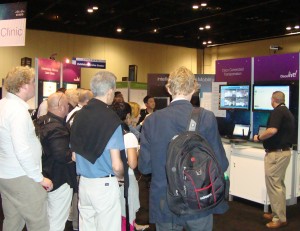
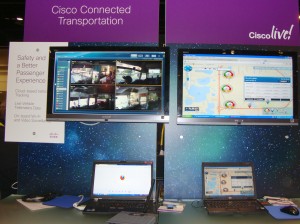
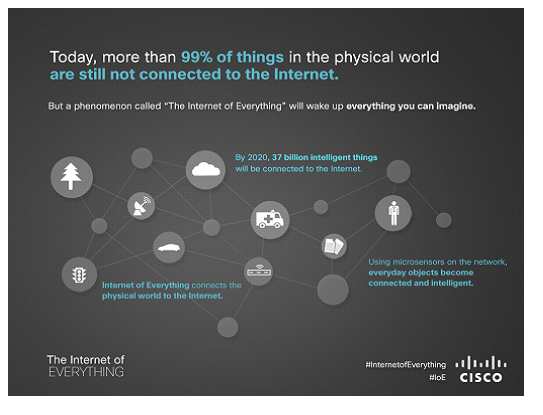
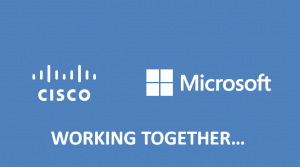 Businesses and organizations are increasingly turning to private cloud delivery models to address their most pressing
Businesses and organizations are increasingly turning to private cloud delivery models to address their most pressing 

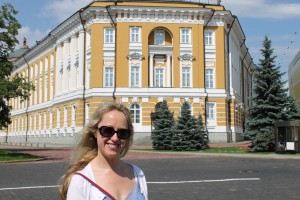

 Julie was most recently our leader for Americas Distribution and in her new role succeeds Scott Brown, who
Julie was most recently our leader for Americas Distribution and in her new role succeeds Scott Brown, who
CONNECT WITH US